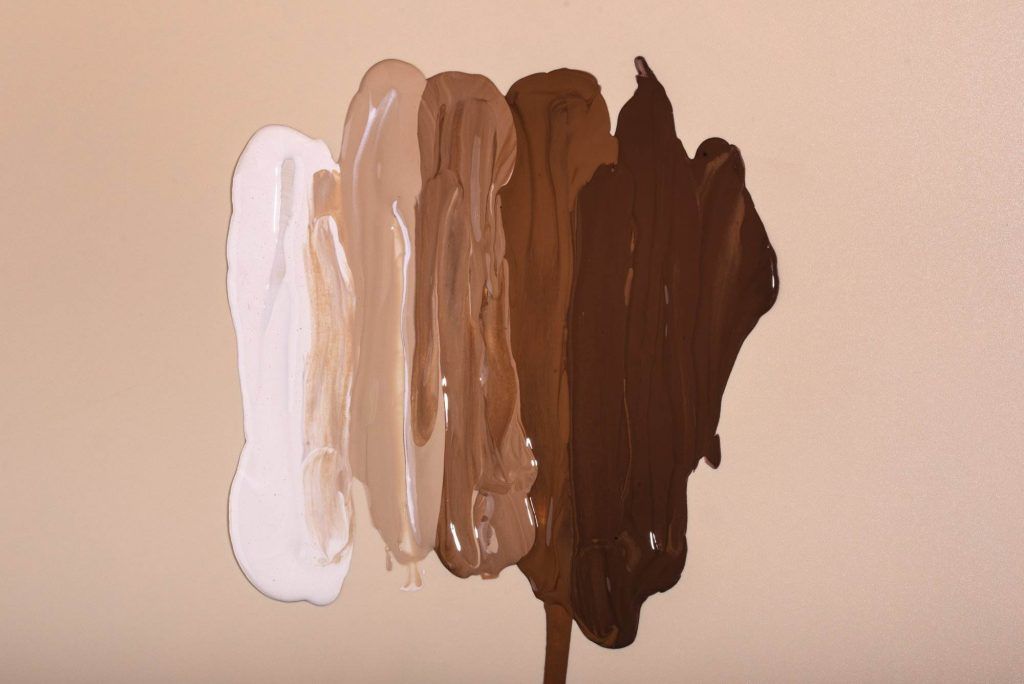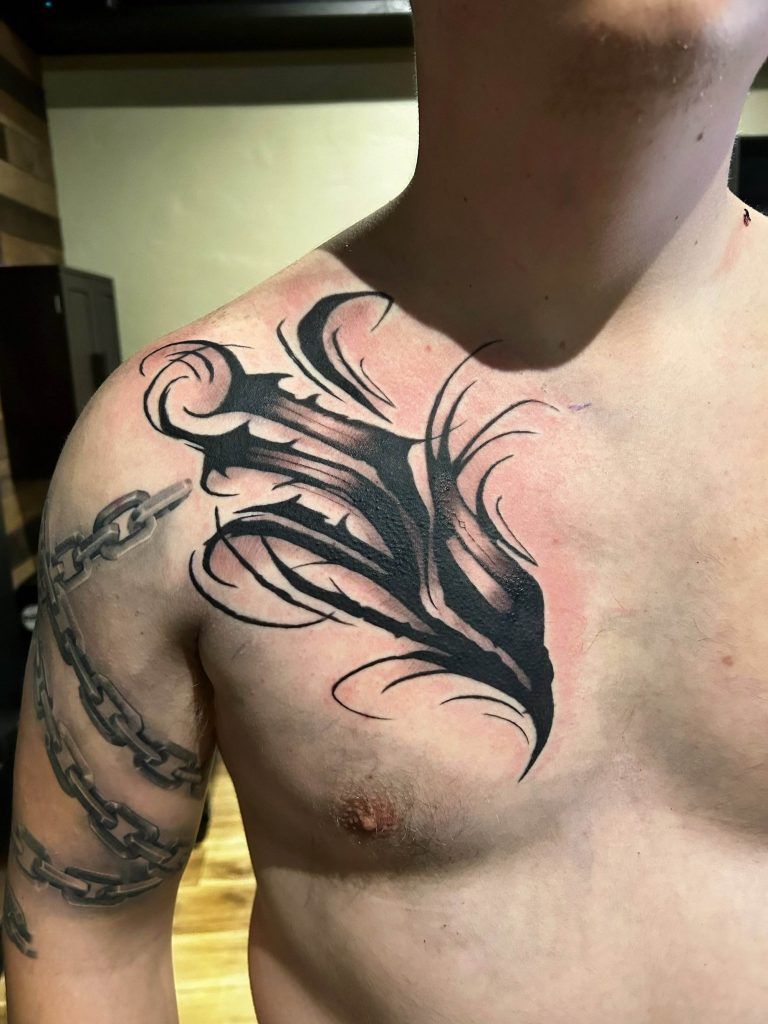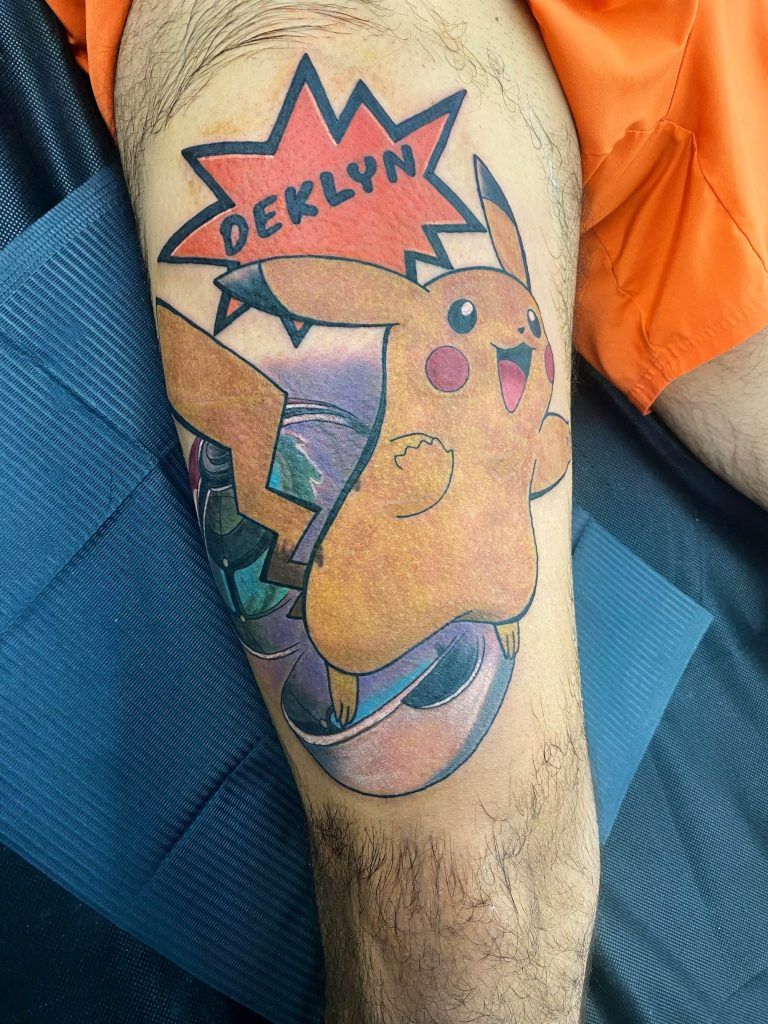Importance of Tattoo Healing
Tattoo healing is a crucial phase in the tattooing process, and it often determines how vibrant and well-defined your inked design will appear in the long run. Proper healing ensures that the ink settles correctly into the skin, reducing the risk of fading, scabbing, and other complications. A well-healed tattoo not only looks better but also minimizes the chances of infections and other skin irritations. Taking care of your tattoo during the healing process is akin to nurturing a new relationship. Just as attention and care help a relationship flourish, so too do they help your tattoo shine. Neglecting proper healing can result in disappointment, and nobody wants that after investing time and resources into getting a tattoo.
Factors Affecting Healing Process
The healing process of a tattoo is influenced by several factors, which can vary from person to person. Understanding these influences can empower individuals to take better care of their new ink.

- Individual Skin Type: Each person’s skin reacts differently to tattooing. Some may heal quicker, while others may experience prolonged inflammation.
- Tattoos’ Size and Complexity: Larger and more intricate designs generally take longer to heal due to the extended trauma inflicted on the skin during the tattooing process.
- Aftercare Routine: Following a proper aftercare routine as advised by the tattoo artist is essential. This includes things like keeping the tattoo clean, moisturized, and, importantly, avoiding sun exposure.
- Health and Immune Response: A person’s overall health can significantly affect healing. Individuals with compromised immune systems or underlying health conditions may find their tattoos take longer to heal.
- Environmental Factors: External elements such as humidity, temperature, and exposure to irritants or contaminants can impede the healing process.
By being mindful of these factors and placing a strong emphasis on the importance of tattoo healing, individuals can ensure their tattoos not only look fantastic but remain a source of pride for years to come. Transitioning smoothly into understanding the healing stages will further clarify what to expect during this transformative process.
Understanding the Healing Stages
Inflammation Phase
Understanding the healing stages of a tattoo is essential for anyone looking to maintain the beauty of their ink. After your tattoo session at Funhouse Tattoo, the first stage you will encounter is the inflammation phase. This phase typically lasts from a few days to about a week, depending on various factors like skin type and aftercare. During the inflammation phase, your tattoo will likely appear red, swollen, and may feel tender to the touch. This is your body’s natural response to the trauma caused by the needles. While this might seem alarming, it’s a normal and necessary part of the healing process. Here’s what you can expect:
- Swelling: Your skin may feel puffy around the tattoo.
- Color Change: Redness is common and signifies increased blood flow to the area.
- Heat: The tattooed area might feel warm, indicating an active healing response.
Taking proper care during this phase is vital to minimize discomfort and support healing. Gentle washing with unscented soap, patting it dry, and applying a thin layer of recommended moisturizer can go a long way in easing the inflammation.
Regeneration Phase
Following the inflammation phase, you will transition into the regeneration phase. This stage can last anywhere from a few weeks to a couple of months, depending on the individual’s healing capabilities and tattoo size. During the regeneration phase, your body begins the crucial work of forming new skin over the tattooed area. The surface might begin to flake or peel, which is entirely normal as the skin renews itself. The color of the tattoo may appear dull or faded during this time, but do not be alarmed; it’s a part of the process. Here are key points to consider in this phase:
- Skin Renewal: New skin forms over the inked area, protecting it from external elements.
- Itchiness: It’s common to experience itching as the skin heals, but it’s essential to resist the urge to scratch.
- Continued Moisturizing: Keeping the area moisturized will aid healing and reduce the urge to scratch.
By being aware of these two primary healing phases, tattoo enthusiasts can take the necessary steps to ensure their ink heals beautifully. Understanding what your body is going through helps you stay patient and informed as you admire your evolving artwork, seamlessly paving the way to the next important part of tattoo care: the healing do’s and don’ts.

Healing Do’s and Don’ts
Proper Aftercare Techniques
As your tattoo transitions from the regeneration phase towards full healing, it’s crucial to adopt the right aftercare techniques. Proper care not only minimizes discomfort but also helps maintain the vibrancy and quality of your tattoo over time. Here are some essential do’s to keep in mind:
- Do Keep It Clean: Gently wash your tattoo with mild, fragrance-free soap and lukewarm water. Pat it dry with a clean towel—avoid rubbing.
- Do Moisturize: After cleaning, apply a thin layer of a recommended fragrance-free moisturizer or a specialized tattoo aftercare product. This helps to keep the skin hydrated.
- Do Protect It: For the first few weeks, try to avoid direct sunlight and excessive moisture, such as sauna or pool time. Wearing loose clothing can also prevent friction against the new tattoo.
- Do Stay Hydrated: Drinking plenty of water supports your overall skin health, ensuring that your tattoo heals more effectively.
- Do Follow Instructions: Most importantly, stick to the aftercare advice given by your tattoo artist. Different inks or techniques might require specific care.
Common Mistakes to Avoid
While there are many do’s, equally important are the don’ts that can derail your healing process. Here are some common mistakes to steer clear of:
- Don’t Scratch or Pick: It might be tempting when your tattoo itches, but scratching can lead to scars and infection. Instead, tap it gently or use a cooling lotion.
- Don’t Use Harsh Products: Avoid any products with alcohol, fragrances, or dyes, as these can irritate the healing skin. Stick to gentle, natural products.
- Don’t Submerge the Tattoo: Swimming in pools, hot tubs, or soaking in baths can expose your tattoo to bacteria and delay healing. Showers are a safer option.
- Don’t Expose to the Sun: UV rays can fade your tattoo quickly. If you must go outside, cover your tattoo or use a broad-spectrum sunscreen on the area once it’s fully healed.
Being aware of these proper aftercare techniques and common mistakes can significantly enhance your tattoo healing journey. As you transition towards the final stages of healing, it’s important to recognize any potential complications, such as infections, to ensure that your tattoo remains a source of pride.
Managing Pain and Discomfort

Remedies for Pain Relief
As your tattoo heals, it’s normal to experience some pain and discomfort. Understanding how to manage these sensations can make the process much smoother. Here are some effective remedies for pain relief:
- Cold Compress: Applying a clean, cold compress to the tattooed area can help reduce swelling and numb the pain. Just make sure not to press too hard, as the skin is sensitive.
- Over-the-Counter Pain Relievers: Non-steroidal anti-inflammatory drugs (NSAIDs) like ibuprofen can be effective for managing pain. However, it’s important to avoid any meds that can thin the blood, like aspirin, especially in the early healing stages.
- Aloe Vera Gel: This natural remedy offers soothing properties. Applying a thin layer can provide relief and also hydrate the skin, aiding in healing.
- Keep it Elevated: If your tattoo is on an arm or leg, keeping it elevated can help reduce swelling and discomfort, particularly during the first few days after getting the tattoo.
Remember that pain is subjective; while some may feel mild discomfort, others might experience more significant sensations. It’s all part of the journey, and finding what works best for you can make a world of difference.
Dealing with Itching and Swelling
Alongside pain, itching and swelling are common complaints during the healing process. Here’s how to effectively manage these symptoms:
- Avoid the Temptation to Scratch: When your tattoo begins to heal, it might itch as new skin forms. Keep your hands busy or apply a cool compress to relieve the urge to scratch, which can lead to damage or infection.
- Moisturize Regularly: Using a fragrance-free lotion or a specialized tattoo balm can soothe the skin and significantly reduce itching. A well-moisturized tattoo also minimizes the risk of excessive scabbing.
- Stay Cool: Heat can exacerbate itching and swelling, so dress comfortably in breathable fabrics and keep your tattoo in a cool environment whenever possible.
- Hydrocortisone Cream: If the itching becomes unbearable, a mild hydrocortisone cream can help, but consult your tattoo artist beforehand to ensure it’s appropriate for your skin.
Addressing pain, itching, and swelling proactively can lead to a more pleasant healing experience. Being well-prepared allows you to focus on admiring your new art rather than being distracted by discomfort. As you move forward, it’s crucial to remain vigilant about any infection signs that may arise, ensuring your tattoo heals beautifully and safely.
Tattoo Infection: Signs and Prevention
Recognizing Infection Symptoms
As you navigate through the healing process, it’s essential to recognize the signs of tattoo infection early on. While most healing tattoos can exhibit mild symptoms, an infection can pose a more serious risk and requires immediate attention. Here are some key symptoms to watch out for:
- Increased Redness: While some redness is normal during the inflammation phase, significant and expanding redness can signal an infection.
- Pus or Discharge: Any yellow or green pus oozing from your tattoo is a clear indication of infection. If you see these signs, consult a healthcare professional without delay.
- Fever or Chills: Experiencing systemic symptoms like fever or chills can indicate that an infection has moved beyond the localized area, requiring urgent medical care.
- Pain Beyond Normal: While discomfort is expected, intense and worsening pain should raise a red flag.
- Swollen Lymph Nodes: Swelling in nearby lymph nodes can suggest that the infection is spreading and needs immediate attention.
Recognizing these symptoms can help you act promptly and mitigate serious complications.
Tips to Prevent Infections
Prevention is always better than cure, especially when it comes to caring for your tattoo. Here are some effective tips to help you avoid infections:
- Keep It Clean: Regularly cleanse the area using mild, unscented soap and lukewarm water. Always wash your hands before touching the tattoo.
- Use Clean Towels: Ensure that the towels used to pat your tattoo dry are clean and free of contaminants. Using disposable paper towels can be a good option.
- Avoid Picking: Resist the urge to scratch or pick at scabs or flakes, as this increases the risk of bacteria entering the wound.
- Follow Aftercare Instructions: Adhering to the aftercare routine provided by your tattoo artist is essential. Skipping steps can lead to increased exposure to germs.
- Limit Exposure to Water: Avoid swimming pools, hot tubs, or other bodies of water for at least two weeks post-tattooing, as these can harbor bacteria.
By remaining vigilant and proactive, you can significantly reduce the chances of infection during your tattoo’s healing phase. Keeping these signs and prevention strategies in mind will not only protect your skin but also allow you to fully enjoy the art you’ve created. As healing progresses, maintaining a healthy lifestyle will further support your body’s recovery process.
Diet and Lifestyle Tips for Faster Healing
Impact of Nutrition on Healing
As the old saying goes, “You are what you eat,” and this rings particularly true when it comes to healing your new tattoo. The body requires specific nutrients to repair skin and promote healing effectively. Here are some key dietary elements to consider:
- Protein: Essential for tissue repair, incorporating lean meats, fish, eggs, legumes, and dairy into your meals can offer the necessary building blocks for recovery.
- Vitamin C: This vitamin is vital for collagen production, which helps in skin healing. Foods rich in vitamin C, like oranges, strawberries, bell peppers, and spinach, should be staples in your diet during the healing period.
- Zinc: Known for its wound-healing properties, zinc supports the immune system. Sources include nuts, seeds, whole grains, and dark chocolate (yes, a sweet reason to indulge!).
- Omega-3 Fatty Acids: Found in fish, flaxseeds, and walnuts, these fats help reduce inflammation in the body, supporting a smoother healing process.
- Hydration: Drinking plenty of water is crucial. Keeping your body hydrated enhances skin elasticity and moisture, aiding the overall healing process.
By focusing on these nutritional aspects, you can significantly influence your body’s ability to heal efficiently.
Lifestyle Changes for Better Recovery
Beyond your diet, lifestyle choices can greatly impact your recovery journey. Simple changes can lead to significantly better outcomes:
- Get Adequate Sleep: Quality sleep is essential. Aim for 7-9 hours per night to allow your body time to repair itself. A lack of sleep can delay healing and increase stress.
- Limit Alcohol and Tobacco: Both can impede your body’s healing capabilities. Alcohol can lead to dehydration, and tobacco can restrict blood flow, slowing down the recovery process.
- Practice Good Hygiene: Maintain cleanliness around your tattoo. Changing your sheets regularly and avoiding close contact with pets can help minimize the risk of infection.
- Stay Active, Yet Cautious: Gentle movement can promote blood flow and improve healing, but avoid strenuous exercise that might irritate your new tattoo.
By combining a nutrient-rich diet with mindful lifestyle habits, you can set the stage for optimal tattoo healing. Being proactive in these aspects ensures that your ink remains vibrant and well-defined for years to come, allowing you to fully embrace the artwork gracing your skin. Understanding the journey does not end here; it’s important to continue monitoring your tattoo’s progress and care for it as it fully settles into your life.
